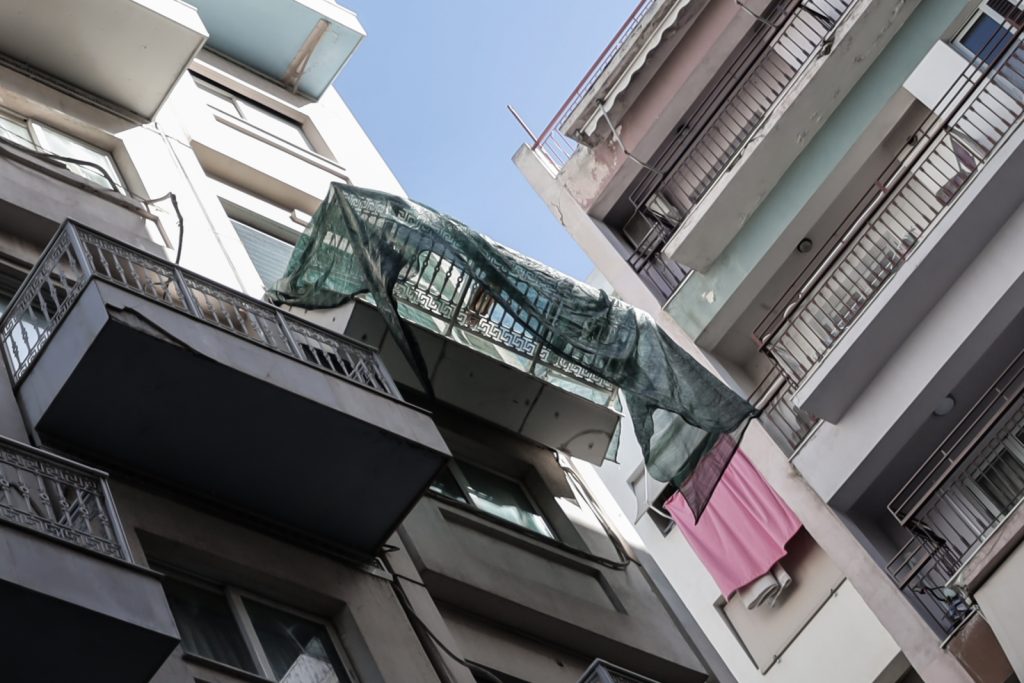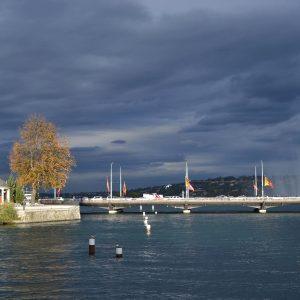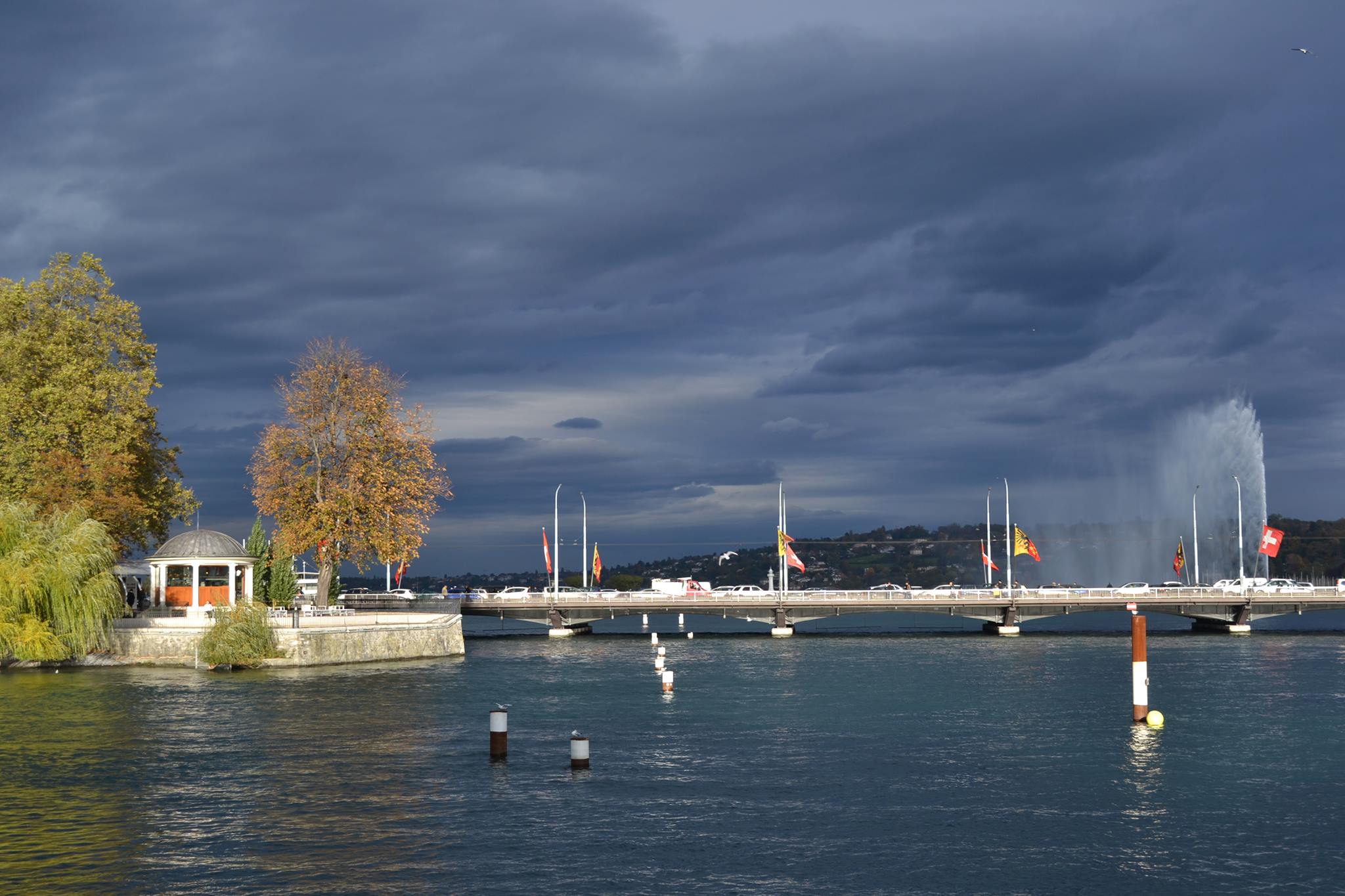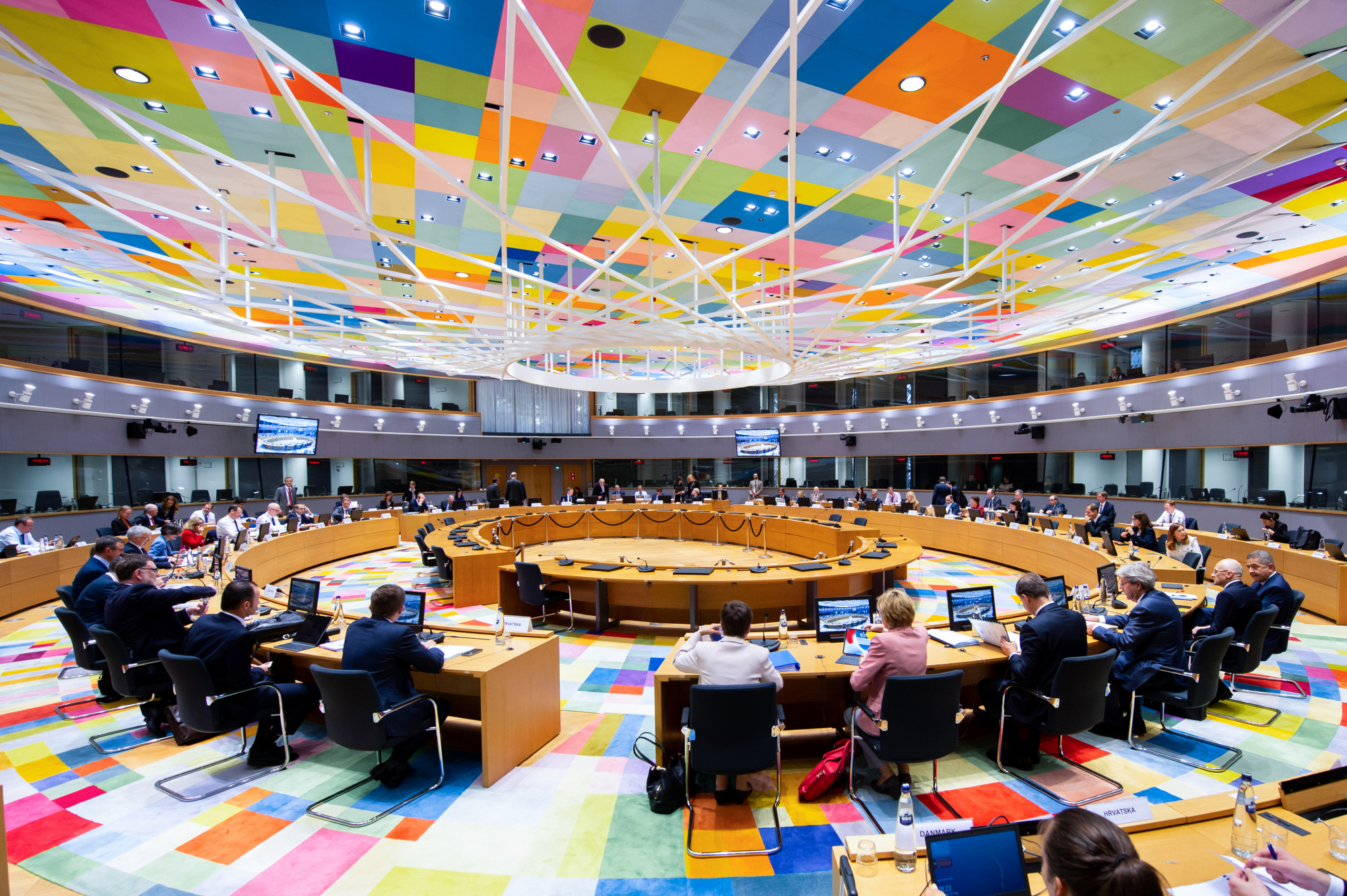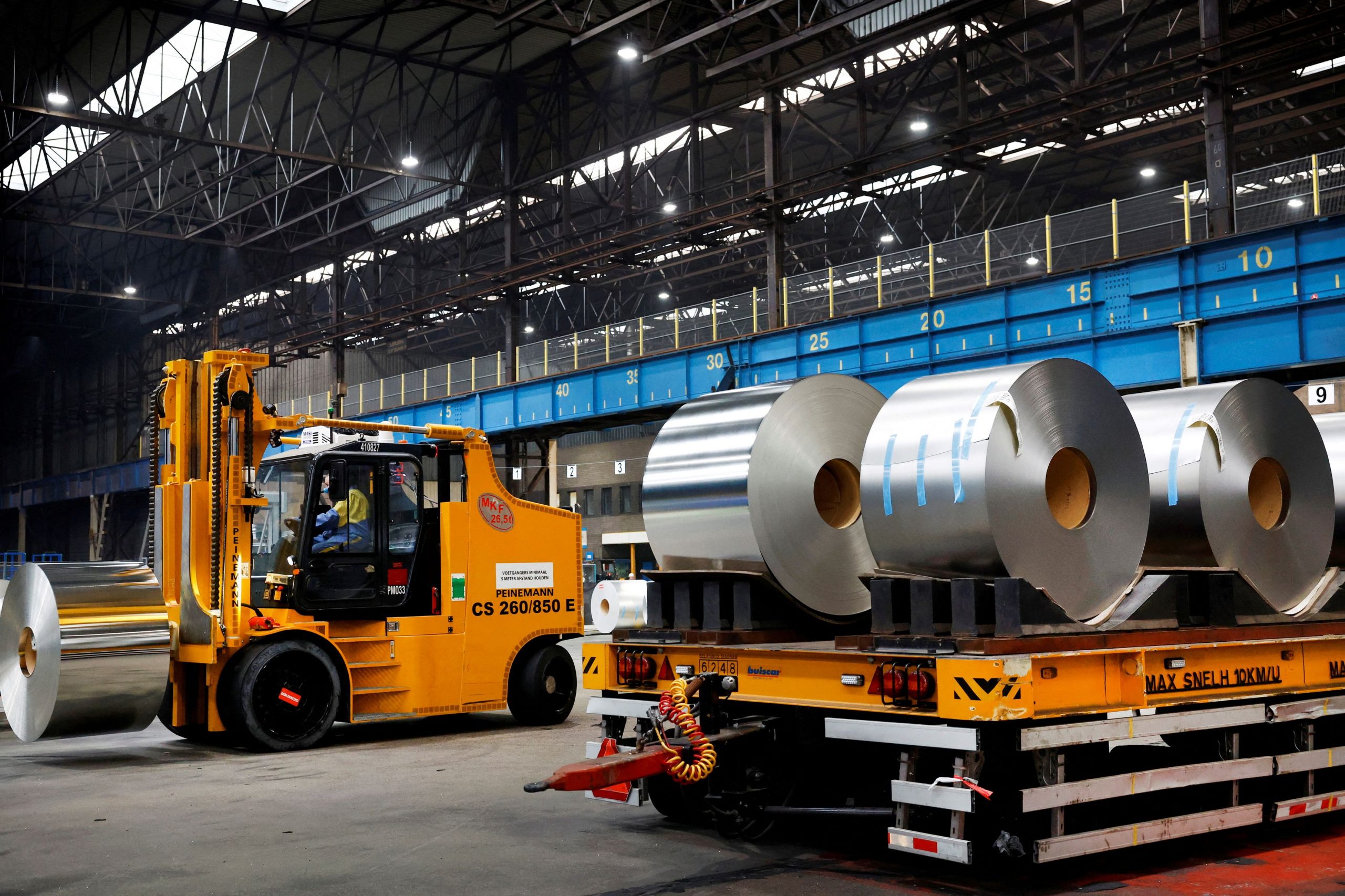An invisible danger keeps pedestrians on alert in Greece’s major cities. Like Gauls fearing the sky will fall on their heads, they scan buildings to avoid being struck by falling plaster, marble, or even entire balconies. Walking through the city has become a survival mission.
Yesterday, a 59-year-old man in Patras was killed when marble pieces detached from a balcony and fell on him. In early May, two balconies collapsed in Heraklion, Crete. One crashed onto a market stall, and by sheer luck no one was hurt; the other seriously injured a tourist. In late February, a balcony fell from a listed building in Piraeus, and in Tavros, the municipality cordoned off access to a building as a balcony was hanging precariously over pedestrians’ heads—just like an incident two years ago at a hotel on Syngrou Avenue. In 2024, at least six other collapses were recorded—at least those that were reported. In early 2023, during a storm in Athens, a balcony ledge fell on the city’s busiest commercial street, Ermou, fortunately without injuries.
Not a single year has passed in the last decade without similar incidents—clear evidence that something is wrong with the construction, structural integrity, or maintenance, particularly of older buildings in Greece.
“We walk and look up at the sky in Koukaki”
“In the past three years, we walk around the neighborhood constantly looking up. We’ve had parts of balconies fall from three apartment buildings—last year from mine and another across the street, and just a few days ago from the building next door. It’s normal. Most buildings in the area were built in the 1960s and haven’t been maintained,” says Ms. Jenny Markopoulou, a resident in one of Athens’ most touristic neighborhoods, Koukaki, near the Acropolis Museum. She continues: “A year ago, part of the second-floor balcony fell onto the sidewalk next to a table belonging to the ground-floor restaurant. Thankfully, it was early in the afternoon and hadn’t yet filled with tourists as it usually does. It had happened before, two years ago, but we just patched it up. The patchwork didn’t hold.”
After the latest incident, further delay was not an option. “We got quotes and chose the cheapest one. Instead of scaffolding, we used a crane to raise and lower the workers. Instead of repairing balconies on all three façades, we fixed only two and left the rear side for later. Even then, the cost came to €18,500. A major problem for managing apartment buildings in the area is that short-term rental companies (like Airbnb) have stopped paying communal fees, so the cost falls on the few remaining property owners,” she explains.
Repairs on two neighboring apartment buildings in central Piraeus were also costly. “One day we woke up and saw chunks of a balcony in the middle of the street. Thankfully it happened at night and didn’t hit any passerby or vehicle. We applied for a permit for the repairs because scaffolding was needed. To reduce costs, we limited the work to just the balcony fronts on two façades. The same thing happened at the neighboring building a few months later,” notes Ms. Christina Chatzigeorgiou, a resident there.
The need for periodic inspections
According to experts, signs that should alarm residents include cracks, dampness, and other damage that may conceal serious problems. In such cases, a specialized engineer should be called in with the appropriate tools to carry out an inspection. Speaking to To Vima, the President of the Technical Chamber of Greece (TEE), Mr. Giorgos Stasinos, said the best solution would be to introduce mandatory inspections every few years—every five years, for example—of building façades by licensed engineers. “The cost is no more than €200 to €300 every five years, and this way, the responsibility for construction safety would lie with the engineer,” he emphasizes, adding that each apartment building could then have a façade safety certificate.
There should also be mandatory checks on buildings’ structural integrity. Even though structural studies don’t technically expire, they may not have been properly implemented. Mr. Stasinos stresses that structural adequacy checks should be required for buildings being upgraded or renovated with the help of European programs such as “Exoikonomo” (Energy Saving). “We can’t have public funds paying for window and balcony door replacements or insulation on a building that’s ready to collapse. Safety must be ensured before renovation,” he says.
Faulty construction and old age
There are many reasons balconies collapse. However, as Professor Konstantinos Spyrakos, Emeritus Professor of Structural Engineering at the National Technical University of Athens (NTUA), explains, it is most often due to faulty construction, age, or both. “Even in modern buildings, if the reinforcement is placed at the bottom of the slab instead of the top where it belongs, there will be problems. The iron reinforcements in balconies should be 2 to 3 centimeters beneath the surface. If they are less, it’s bad. If they are deeper, it’s also bad,” he says. The older the balcony, the fewer and lower-quality the reinforcements tend to be.
In addition, balconies should not be burdened with loads greater than what they were designed to support. “Extra loads like large flower pots must be accounted for. If, for example, the architectural design includes a planter with 50 centimeters of soil, that added weight must be factored into the construction—otherwise, there’s a risk of collapse. Or, when external thermal insulation systems are added as part of energy-saving programs, they must be properly attached to the external walls. During the L’Aquila earthquake in Italy, we saw them collapse,” the professor warns.
In any case, if a balcony or part of it collapses—plaster, flowerpots, etc.—the legal responsibility, according to the Civil Code, lies with the property owner or whoever is using the property, unless they can prove the collapse was not due to faulty construction or poor maintenance. They are also obliged to compensate anyone who suffers harm. In the case of abandoned buildings with unknown owners, the responsibility lies with the municipality, which must take appropriate preventive measures.
Source: Tovima.com
